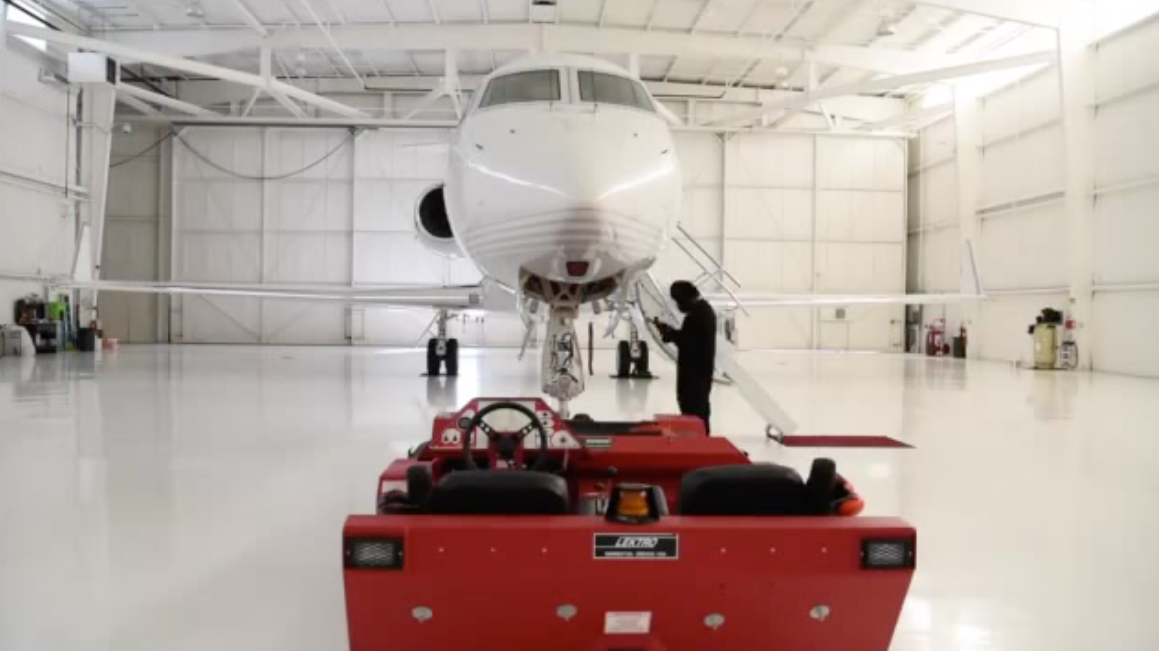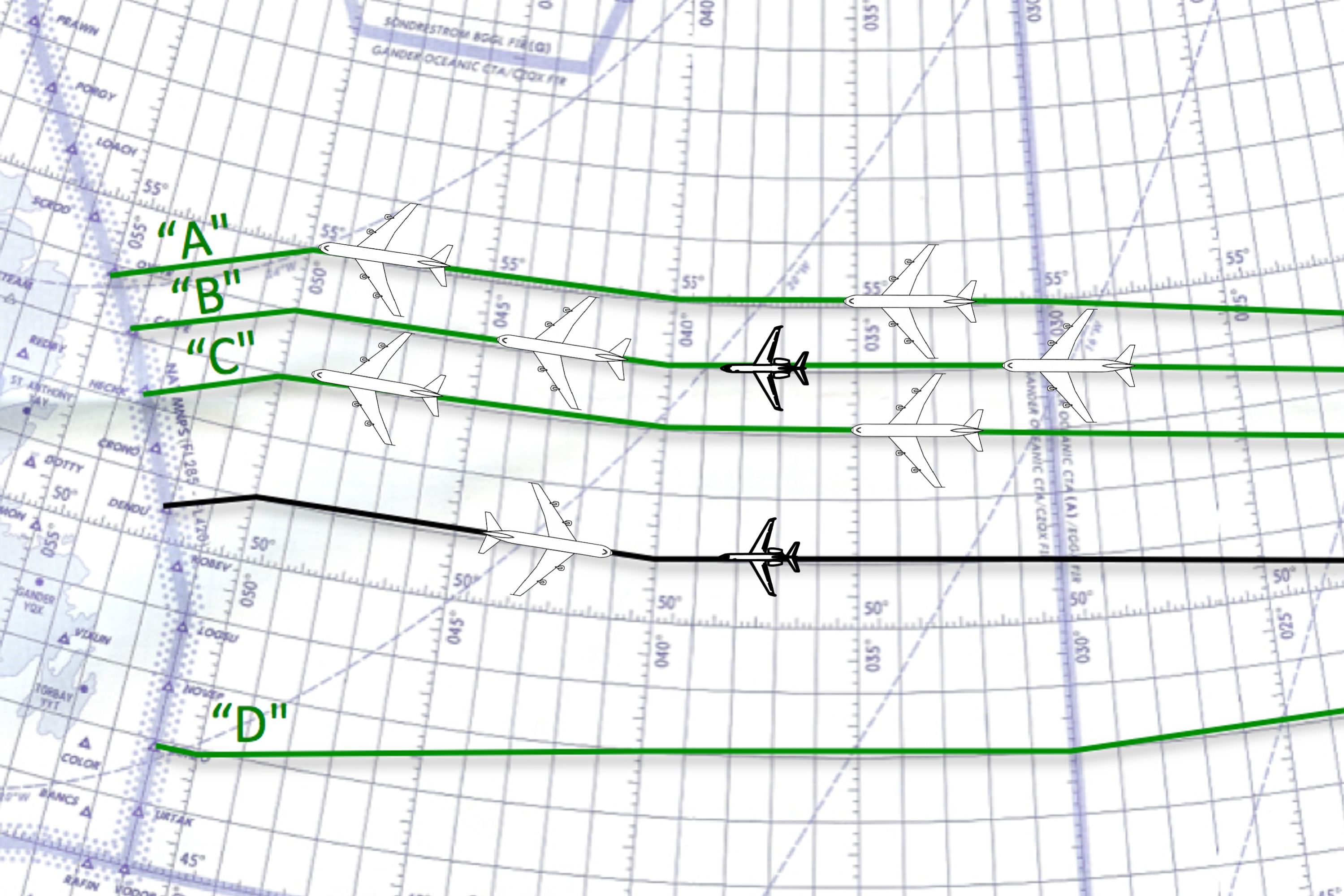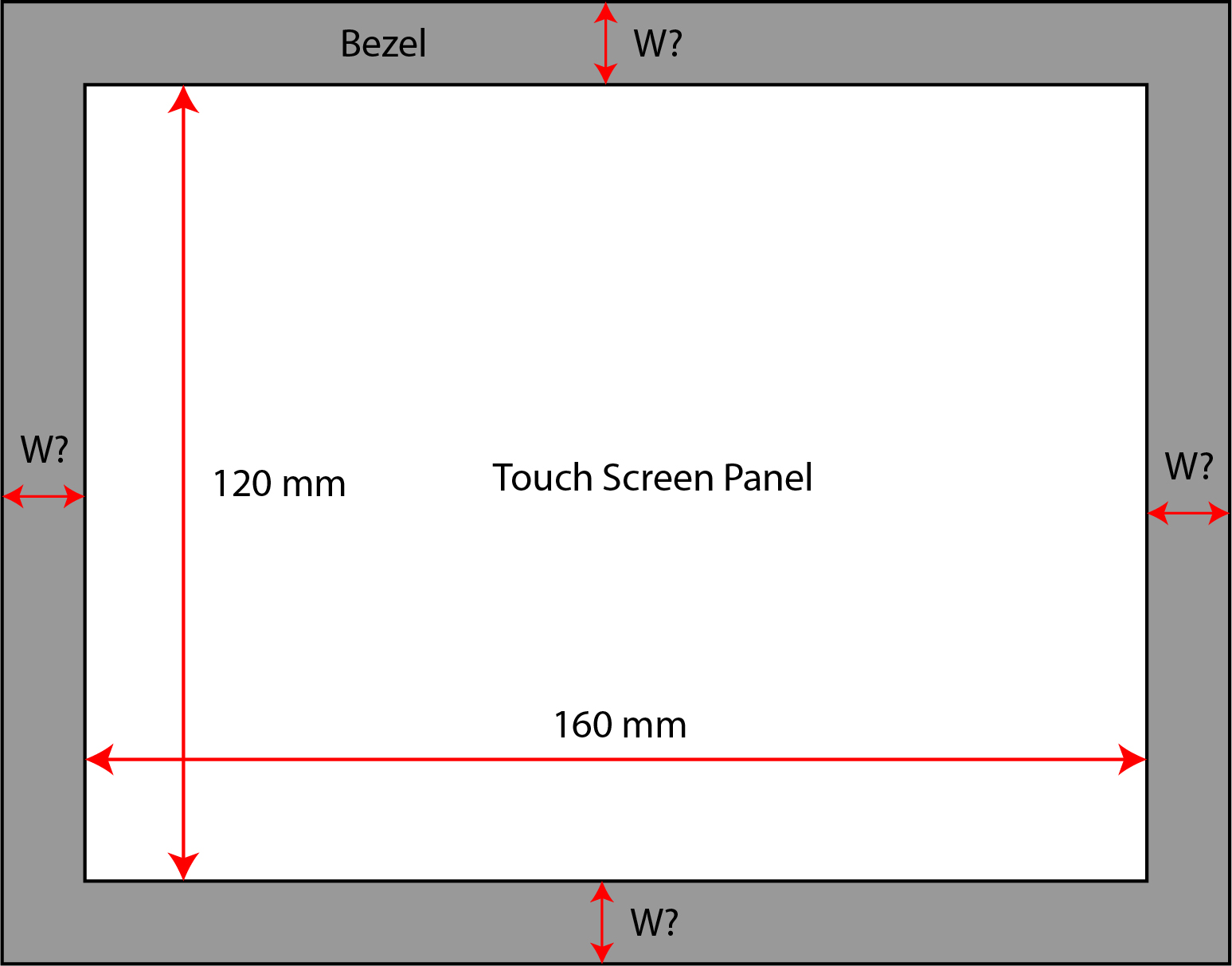Sometimes I feel like the Far Side character who raises his hand in math class and says, "Mr. Osborne, may I be excused? My brain is full." There is just so much to know as a professional pilot you have to be careful that the stuff you know is not only correct, but relevant. I do find incorrect information being taught out there, sometimes. But more often than not, much of the information out there just doesn't matter. It is knowledge that is inert.
— James Albright

Updated:
2021-01-0
inert. Adjective. i-nərt
1: lacking the power to move
2: very slow to move or act
3: deficient in active properties
At best it is knowledge that takes up your time learning something meaningless to you and what you do for a living. At worst, it can distract you from something important. There are lessons for us here.
1 — What makes knowledge inert?
2 — How to react when being taught inert knowledge
3 — How to impart knowledge that is not inert

1
What makes knowledge inert?
Teaching inert knowledge to inert students
When I went to GV initial, like my fellow classmates, I was in "receive mode" and learned whatever they told me I needed to know for the oral. Among those were the location and valve positions of each of four fuel valves accessible in the wheel wells:
The layout is identical in the G450 and G550 so I started to memorize that the crossflow and intertank valves were alphabetical, looking forward, meaning the crossflow was in the left wheel well and the intertank was in the right. They also wanted us to know which positions each valve had to be:
- Right wheel well intertank: 5 o'clock
- Right wheel well fuel shutoff: 7 o'clock
- Left wheel well crossflow: 11 o'clock
- Left wheel well fuel shutoff: 7 o'clock
Then, every six months for the next ten years, I would spout this all off to the examiner du jour when asked, and we moved on. I remember being surprised by the question during my first recurrent. If the valves were in the wrong positions, we would find out with a CAS message. But, no matter, I moved on.
The exterior inspection, pre-2013
Shortly after taking delivery of our G450 I was charged with training a new set of pilots and since we all came from the GIV, that was pretty simple. There are quite a few differences in the exterior preflight inspection, so I would arrive early and give the airplane a quick preflight of my own, and then have the first officer for the trip do the real preflight. I did that one day and was satisfied that the airplane was okay. It turns out, I was wrong.
The first officer came in and said he found a pool of fuel under one of the boost pumps, which sit just below the fuel shutoff valves. It was so bad that the fuel pump had to be replaced and we missed the trip. I thanked the first officer for being so thorough and kicked myself for failing to notice (or smell) the fuel leak.
I thought about this for a while and realized I was doing many things just because FlightSafety instructors thought it important enough to quiz us. But the 5/7/11/7 o'clock knowledge was a distraction; it was, in fact, inert knowledge.
Inert knowledge, defined
In training a child to activity of thought, above all things we must beware of what I will call "inert ideas" — that is to say, ideas that are merely received into the mind without being utilised, or tested, or thrown into fresh combinations.
Source: Whitehead, p. 1
Looking back, I realize now that a great deal of the notes I took away from FlightSafety fell into the inert knowledge category. They were knowledge, yes. But they were doing me no good in the real world and they were distracting me from my real job. I decided no more.
The exterior inspection, post-2013
I stopped checking valve position and started to pay more attention to loose connections, leaking fluids, and other things amiss. After a while I even forgot the 5/7/11/7 routine. The only people who cared were those evaluating me every six months.
"What is the correct position of the intertank valve during the preflight inspection," I was asked.
"Closed," I said.
"But in what clock position should the handle be?" he asked
"I don't know," I said, even though I did, "and I don't care."
"Really?" he said. "I wasn't expecting that from you."
"I am more interested in looking for fuel leaks and other things. If the valve is open, I'll find out soon enough."
The examiner thought for a bit and said, "I never thought of that, but I guess you are right."
2
How to react when being taught inert knowledge
We aviators have a unique problem in that we are so frequently tested on the knowledge pumped out by our well meaning instructors, and these instructors quite often do not have a clue about how to really do what we do for a living. My early GV instructors thought knowing the positions of those fuel valves was important, but it was just more inert knowledge. But how are we to know the good stuff from the bad stuff?
I tend to write everything down so that's what I do. I keep those notes for a long while, long enough to go back and discern the wheat from the chaff. Once I am sure enough of my position, and if I think the instructor would like to know, I'll pass that on. But most instructors don't want to know. So I keep my knowledge to myself unless asked. (And if I think others should know, I'll post it on these pages.)
Be careful not to confuse inert knowledge with knowledge that is wrong and dangerous. If the instructor is passing along information that can hurt someone or something, I think we all have a duty to stop that. For an example, see: Drift Up.
3
How to impart knowledge that is not inert
Two issues when teaching "dry" material
Well, three actually. The unspoken issue is that what may excite you and not be dry at all can seem dry to your students. But with that out of the way there are two issues:
- Inert knowledge often disguises itself (or is presented) as meaningful and useful, and
- Meaningful and useful knowledge can be received as inert.
We've already covered case 1. For case 2, consider SLOP . . .
If you are flying an aircraft that spends most of its oceanic time below FL 410, and therefore sharing the track system with lots of other airplanes, the need to employ a Strategic Lateral Offset is clear. If for some reason somebody is off altitude and ends up using the same airspace as you, the chance of a midair collision can be very high. Flying up to 2 nautical miles right of course can save you. After you've SLOP'd once or twice, it is no big deal, you just do it.
Those of us who climb right over the tracks can be a little pigheaded. "Let the other guy SLOP, I'm fine where I am." Or this gem: "I'm flying a random route, there is no need to SLOP if you aren't on a track."
Here's how to make this seemingly unimportant knowledge anything but inert:
- Make it timely
- Make it easily understood
- Make it relevant
- Lead the way
Don't try to instruct something when it isn't of current importance. You can discuss SLOP at anytime, but the best time to discuss SLOP on a random track is, er, on a random track.
Don't be afraid to be an artist. Even a stick figure drawing is better than an abstract sentence. In our SLOP example, I would draw a series of aircraft on one of the tracks and explain how most of the aircraft are going in the same direction and that if you didn't SLOP you probably had several minutes to spot the next airplane if it were in front of you and you would likely feel its wake. If the airplane was coming up from behind you, well you had better hope someone was SLOPping. Then I would draw our aircraft on our random track and make note of the fact we were more likely to have "beak to beak" traffic. In a head on encounter we would have next to no time to react.
Show that the lesson at hand is more than just theory. In our SLOP case, I mentioned that I had read countless reports of aircraft (mostly airliners and military) that ended up on the wrong track or altitude. This stuff does happen.
Show that you employ the lesson in question and have done so for a while. I found that many reluctant SLOP pilots are embarrassed to admit they don't know the mechanics behind flying an offset. Volunteer to do it for them. Be diplomatic. "Here's how I do this, I bet there are other ways you may have heard of."
4
An example of inert knowledge that doesn't have to be
One last example, this one has very little to do with aviation, but it demonstrates how something that appears inert and will be inert if taught poorly, might actually be quite useful.
The quadratic formula
If you are around my age, you probably had to take a course in algebra in high school. If you are the age of my kids, that might have been optional or it may have been college level. In either case, you probably had to memorize the "Quadratic Formula" as a method of solving the equation ax2 + bx + c = 0. What you may not remember is why you had to do that because it probably wasn't explained. You solved the equation because the test paper said to.
Unless you are a bit of a math geek, you probably don't remember what "FOIL" means in relation to quadratic equations. It is how you solve the multiplication problem of two binomials separated by a plus or minus sign, such as (2x + 4)(3x - 1). The method says to first multiply the [F]irst terms 2x and 3x, then add to that the product of the [O]utside terms 2x and -1, then add the [I]nside terms 4 and 3x, and finally add the [L]ast terms 4 and -1. From that you get:
- (2x)(3x) = 6x2
- (2x)(-1) = -2x
- (4)(3x) = 12x
- (4)(-1) = -4
You put all that together and get 6x2 + 10x - 4
So what is x? That's where the quadratic formula comes in. Recall that it assumes that ax2 + bx + c. So if a = 6, b = 10, and c = -4, you get:
The answer is either 4 or -0.33. Yes that is two numbers and in many cases the answer can be two numbers, or you simply throw out one of the answers if it isn't possible.
The quadratic formula is (boring) inert knowledge
The child then knows how to solve a quadratic equation. But what is the point of teaching a child to solve a quadratic equation? There is a traditional answer to this question. It runs thus: the mind is an instrument, you first sharpen it, and then use it; the acquisition of the proper solving of a quadratic equation is part of the process of sharpening the mind.
Source: Whitehead, pp. 5-6
The engineer in me agrees with this. But English philosopher Alfred North Whitehead disagrees:
There is only one subject-matter for education, and that is Life in all its manifestations. Instead of this single unity, we offer children — Algebra, from which nothing follows.
Source: Whitehead, pp. 6-7
The science as presented to young pupils must lose its aspect of reconditeness. It must, on the face of it, deal directly and simply with a few general idea of far reaching importance.
Source: Whitehead, p. 79
The quadratic formula can be useful
Let's say you get an exciting job as a test pilot for a new aircraft manufacturer building a supersonic business jet. They want you to help design the ideal pilot's cockpit but you are constrained by size, it will have a pointy nose, after all. They show you a photo of a competitor's touch screen system panel and say it is important to have a wide bezel (the area around the touch screen), evenly spaced around the screen. They are using "off the shelf" parts for the screen which measure 120 mm by 160 mm and you can't change that. The project head says you can have 32,000 mm2 for the panel and bezel combination. It is your job to come up with the bezel width.
We know we are going to end up with a hole in the panel that has a length times a width that equals 32,000 mm2, and we know that the width of that hole will be equal to the width of the screen (160 mm) plus twice the width of the bezel. Likewise the height of the hole will be the height of the screen (120 mm) plus twice the width of the bezel.
With a little more math using the "FOIL" method already discussed:
And that looks just like the quadratic formula where:
a = 4
b = 560
c = -12800
and:
You tell the head of the project you need a 20 mm bezel. He thinks you are a genius. Isn't math fun?
5
The moral of the story . . .
The quadratic formula does have real practical uses. It might be worth your while to see that a few times, but if your life's work doesn't involve this kind of math, it really isn't that important to you. A math professor may need to know it and may actually be excited by it. But that doesn't stop it from being inert knowledge to you and most pilots.
The same can be said of countless morsels of information in the aviation world. During my first recurrent as a civilian pilot, I had a flight instructor spend thirty minutes on the mechanics of a Hall Effect Sensor. I had never heard of them and decided to look them up: Hall Effect Sensors. Since then, every now and then, another instructor decides they bear mention. I've come to the conclusion they are trying to demonstrate that THEY are smart, and WE are not. So out of this comes two lessons.
First, if it sounds like noise, it is probably noise. But give it a chance and maybe it will become useful to you. If it turns out to be inert knowledge, move on.
Second, if you are the instructor and have to teach something that might be inert knowledge, make that determination. If it is, ditch it. If it isn't, make it timely, easily understood, and relevant. And then lead the way.
References
(Source material)
Whitehead, Alfred North, the Aims of Education, 1929, The Free Press, New York.






